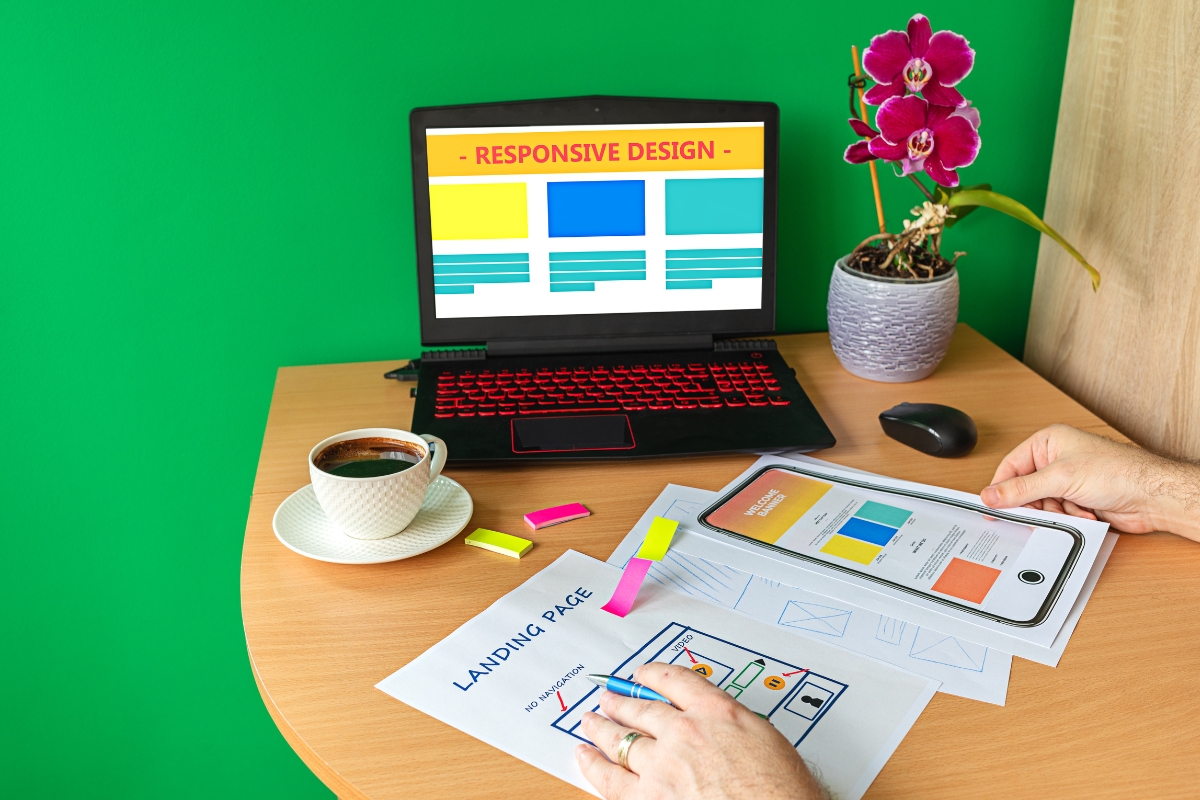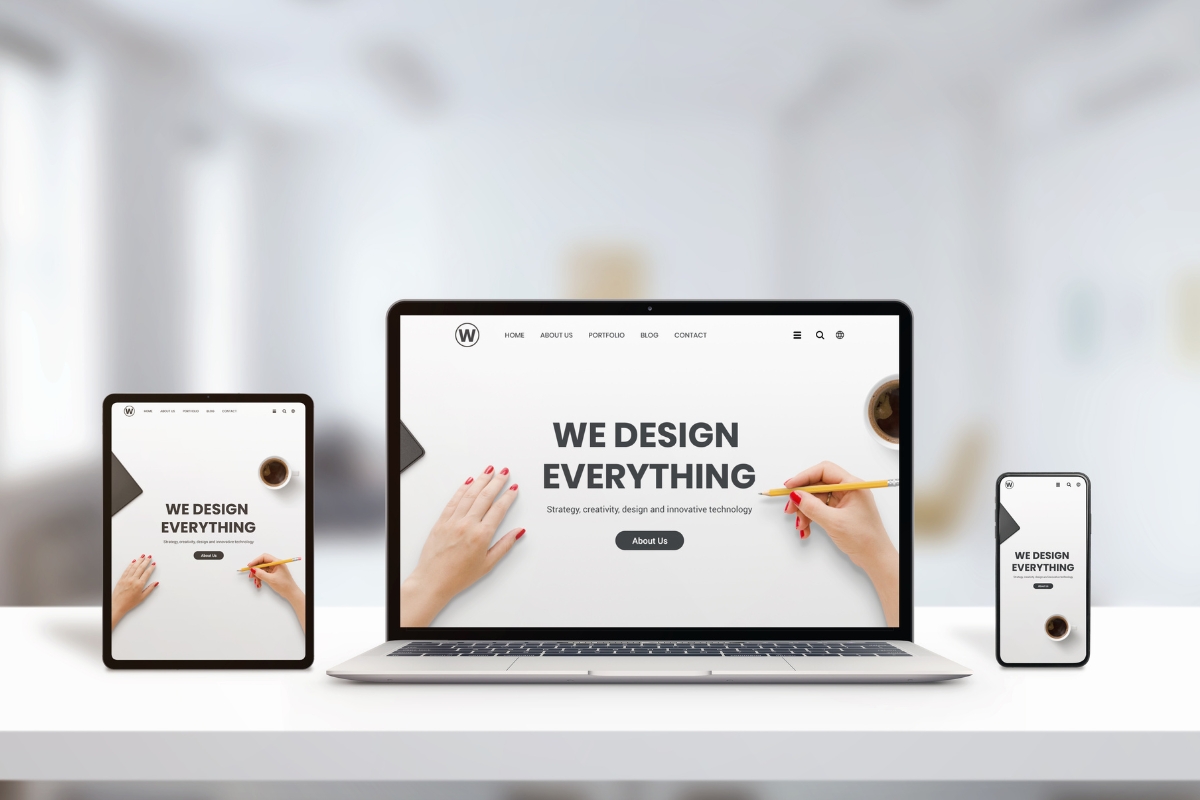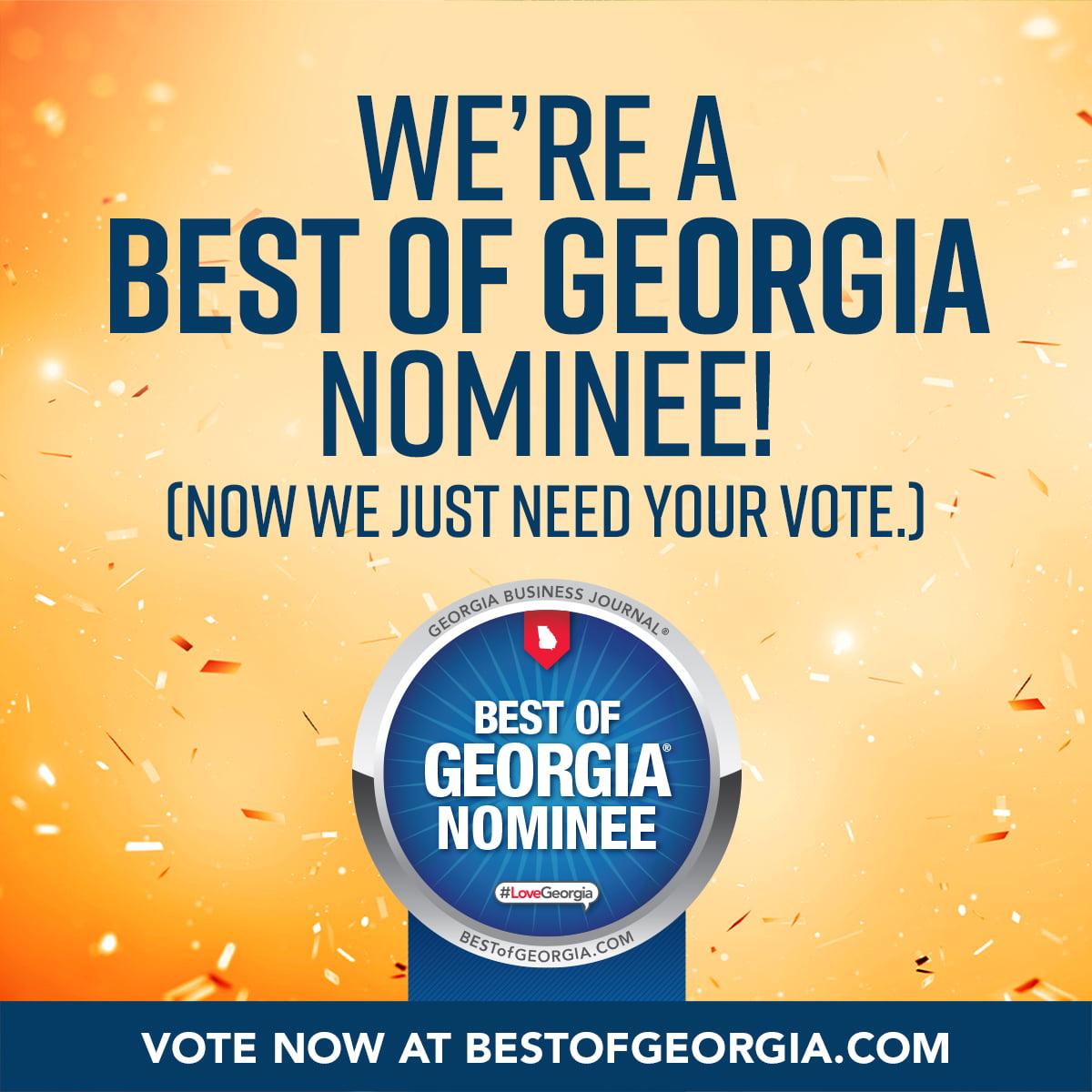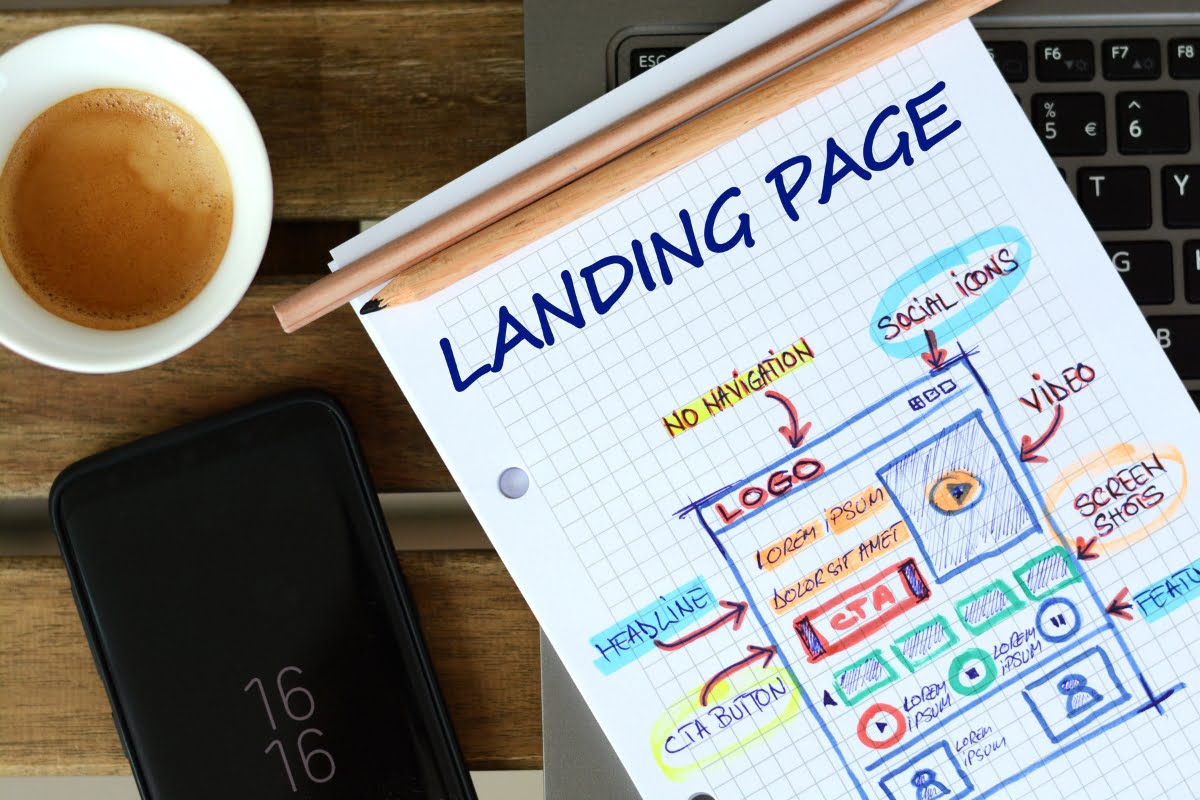In the world of digital marketing, a landing page serves as a crucial tool for converting visitors into leads or customers. Understanding what is a landing page and mastering its essential elements can significantly boost your marketing effectiveness. In this guide, we’ll explore the key components of successful landing pages and share strategies to optimize them for maximum conversion.
From compelling headlines and persuasive calls to action to clean design and social proof, discover how to craft landing pages that not only attract visitors but also drive meaningful engagement and results.
Whether you’re a seasoned marketer or just starting out, get ready to unlock the potential of landing pages and elevate your digital marketing strategy.
What Is a Landing Page? The Key to Converting Visitors into Customers!
Understanding the Purpose of a Landing Page

What is a landing page? A landing page is a crucial component of any digital marketing strategy, serving as a targeted destination designed to convert visitors into leads or customers.
Unlike general webpages, landing pages are designed with a single focus or goal, making them powerful instruments for driving specific actions, such as signing up for a newsletter, downloading an eBook, or making a purchase.
The primary purpose of a landing page is to eliminate distractions and guide visitors towards the desired conversion. By providing a streamlined and relevant experience, it ensures that visitors are not overwhelmed with extraneous information. Every element on the page—from the headline and imagery to the call-to-action (CTA) and form fields—is carefully crafted to support this singular goal.
Effective landing pages are tailored to match the expectations set by the preceding ad, email, or link that brought the visitor there. Consistency in messaging, design, and value proposition is key to maintaining trust and encouraging the desired action. Additionally, landing pages often utilize persuasive techniques such as social proof, urgency, and clear value propositions to enhance their effectiveness.
Crafting Compelling Headlines to Grab Attention

The headline of your landing page is crucial for grabbing the attention of visitors. It should be concise, compelling, and clearly communicate the value proposition of your offer.
Crafting compelling headlines is an essential skill for capturing readers’ attention and drawing them into your content. A powerful headline serves as the first impression and can significantly impact whether your audience decides to read further. Here are some key strategies for creating attention-grabbing headlines:
- Keep It Concise: Aim for clarity and brevity. Headlines that are too long can overwhelm readers, while short and to-the-point headlines are more likely to catch their eye. Aim for a length of 6-8 words to maximize impact.
- Use Strong Keywords: Incorporate keywords that resonate with your target audience and align with their interests. This not only helps with search engine optimization (SEO) but also ensures your headline speaks directly to your readers’ needs and curiosities.
- Create Curiosity: Craft headlines that pique curiosity without giving everything away. Phrases like “The Secret to…” or “You Won’t Believe…” entice readers to click through to learn more.
- Offer Value: Headlines that promise a clear benefit or solution to a problem tend to attract more readers. For example, “10 Tips for Boosting Your Productivity” immediately conveys the value of the content.
- Use Numbers and Lists: Headlines with numbers (e.g., “5 Ways to Improve Your Writing”) are particularly effective because they provide a clear structure and promise specific, digestible information.
- Add Emotional Appeal: Incorporate words that evoke emotions. Whether it’s excitement, curiosity, fear, or joy, tapping into emotions can make your headlines more compelling.
By combining these elements, you can craft headlines that not only grab attention but also encourage readers to engage with your content, increasing your chances of making a lasting impact.
Importance of Engaging Visuals on Landing Pages

Engaging visuals are crucial for the success of landing pages, as they significantly enhance user experience and drive conversions. The first impression visitors get when they land on your page can determine whether they stay or leave. High-quality visuals help create a positive and memorable first impression, making your landing page more appealing and professional.
Visuals can effectively convey your message quickly and efficiently. In an age where attention spans are short, images, videos, and infographics can communicate complex ideas faster than text alone. They break up large chunks of text, making the content more digestible and keeping visitors engaged.
Moreover, visuals play a key role in building trust and credibility. Authentic images of your products, team, or satisfied customers can create a sense of transparency and reliability. This trust is essential for persuading visitors to take desired actions, such as signing up for a newsletter or making a purchase.
Engaging visuals also support brand identity. Consistent use of colors, fonts, and imagery that reflect your brand can reinforce brand recognition and loyalty. A visually cohesive landing page helps visitors immediately associate the page with your brand, strengthening your brand presence.
Additionally, visuals can guide the visitor’s journey through the landing page. Strategically placed images and videos can draw attention to key information and call-to-action buttons, directing visitors towards the next steps you want them to take.
Optimizing Call-to-Actions (CTAs) for Conversions

Optimizing Call-to-Actions (CTAs) is critical for maximizing conversions on your website.
CTAs are the prompts that guide users toward desired actions, such as signing up for a newsletter, making a purchase, or downloading a resource. Here are key strategies to optimize CTAs for higher conversion rates:
- Use Clear and Compelling Language: Ensure your CTA text is concise, clear, and action-oriented. Phrases like “Get Started,” “Download Now,” or “Sign Up Today” effectively communicate what the user will achieve by clicking. The language should be persuasive and create a sense of urgency or benefit.
- Make CTAs Visually Prominent: Your CTA buttons should stand out from the rest of the page. Use contrasting colors that draw the eye, and make sure the button size is large enough to be easily clickable but not overwhelming. The surrounding white space can also help the CTA stand out.
- Position Strategically: Place CTAs in highly visible areas where users are most likely to interact with them. Above the fold is a prime location, but also consider placing them at the end of engaging content or within scrolling content to capture users who have read through your information.
- Test and Analyze: Continuously A/B test different versions of your CTAs to see what performs best. Experiment with variations in wording, color, size, and placement. Use analytics to track CTA performance and make data-driven decisions to refine your approach.
- Highlight Value: Emphasize the benefits users will gain from taking action. Instead of a generic “Submit” button, use “Get Your Free Ebook” to clearly state what the user will receive. This approach can significantly boost the likelihood of conversions.
By implementing these strategies, you can create effective CTAs that guide users toward conversions, ultimately improving your website’s performance and achieving your business goals.
Building Trust with Testimonials and Social Proof

Building trust is crucial for converting visitors into customers, and testimonials and social proof are powerful tools to achieve this. Testimonials from satisfied customers provide authentic insights into your product or service, showcasing real-life benefits and positive experiences. Including detailed, specific testimonials with names and photos can further enhance credibility.
Social proof, such as customer reviews, ratings, and case studies, also plays a key role. Displaying these prominently on your website reassures potential customers that others have had positive experiences with your brand. Featuring endorsements from influencers, media coverage, and industry awards can boost your credibility even more.
Incorporating user-generated content, like photos or videos from customers using your product, adds a layer of authenticity. Highlighting the number of satisfied customers or social media followers can also create a sense of trustworthiness. By effectively using testimonials and social proof, you can build confidence in your brand, making visitors more likely to convert.
Designing User-Friendly Forms for Lead Generation

Creating user-friendly forms is essential for effective lead generation. Simplicity is key: keep forms short and only request essential information to avoid overwhelming users. A clean, uncluttered design with clear labels and ample spacing ensures readability and ease of use.
Place the most important fields at the top, and consider using a multi-step form if more information is needed, as breaking it into steps can reduce perceived effort. Use clear, concise instructions to guide users through the process, and provide real-time validation to minimize errors and frustration.
Incorporate visual cues, such as asterisks for required fields, and use contrasting colors for the submit button to make it stand out. Mobile optimization is crucial, ensuring forms are easy to fill out on any device. Lastly, assure users of data security with privacy statements and trust badges.
Mobile Responsiveness: Why It Matters for Landing Pages

Mobile responsiveness is crucial for landing pages because an increasing number of users access the internet via mobile devices. A mobile-responsive landing page ensures that all content is easily viewable and navigable on any screen size, providing a seamless user experience.
If a landing page isn’t optimized for mobile, users are likely to encounter issues such as difficult navigation, slow load times, and unreadable text, leading to high bounce rates and lost conversions.
Moreover, search engines like Google prioritize mobile-friendly websites in their rankings, meaning that a lack of mobile responsiveness can negatively impact your search visibility. A responsive design also helps in building trust and credibility, as users associate well-functioning, user-friendly sites with professionalism.
By ensuring your landing pages are mobile-responsive, you cater to the needs of all users, improve engagement, boost conversions, and enhance your site’s search engine ranking, ultimately driving better overall performance.
A/B Testing: Fine-Tuning Your Landing Page Performance

A/B testing, also known as split testing, is a powerful method for optimizing landing page performance. By comparing two or more variations of a landing page, you can determine which version performs better in terms of user engagement, conversion rates, and other key metrics.
To start, identify a specific element to test, such as the headline, call-to-action (CTA), images, or layout. Create two versions of this element: the original (A) and a variation (B). Use a reliable A/B testing tool to randomly distribute traffic between the versions, ensuring a fair comparison.
Analyze the results to see which version achieves the desired outcome, whether it’s higher click-through rates, longer time spent on the page, or more completed forms. Pay attention to statistical significance to ensure the results are not due to chance.
A/B testing allows for continuous improvement. Test one element at a time to isolate its impact, and gradually implement the winning variations. Over time, these incremental changes can significantly enhance your landing page’s effectiveness.
Beyond improving conversion rates, A/B testing provides valuable insights into your audience’s preferences and behavior. By understanding what resonates with users, you can make data-driven decisions that refine your marketing strategies.
Conclusion: Elevating Your Digital Marketing Game with Powerful Landing Pages
Powerful landing pages are essential for elevating your digital marketing efforts. By investing in these strategies, you create a seamless and effective user experience that transforms visitors into loyal customers, ultimately boosting your marketing success and achieving your business goals.
Understanding and implementing the essential elements of a successful landing page can significantly boost your conversion rates and drive business growth. At Newman Web Solutions, we specialize in designing high-converting landing pages tailored to your unique business needs. Ready to create landing pages that convert? Contact us today at (404) 301-9189 or schedule a free marketing strategy session to learn how we can help you achieve your marketing goals.





